Latest NRAO News
News is managed by NRAO News & Public Information. Questions about News? Have a story to share? Want to interview a scientist or create new media about our telescopes?
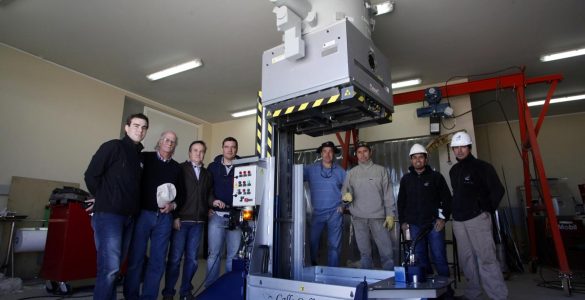
NRAO has delivered the first of ALMA’s four new Front End Handling Vehicles (FEHV).

Korea officially joins in the East Asia ALMA consortium.
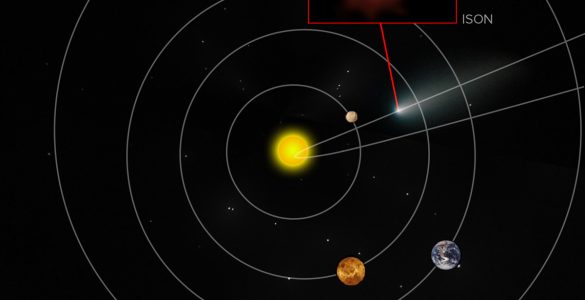
Scientists using ALMA probed the atmospheres of comets ISON and Lemmon providing important insights into how and where comets forge new chemicals, including intriguing organic compounds.
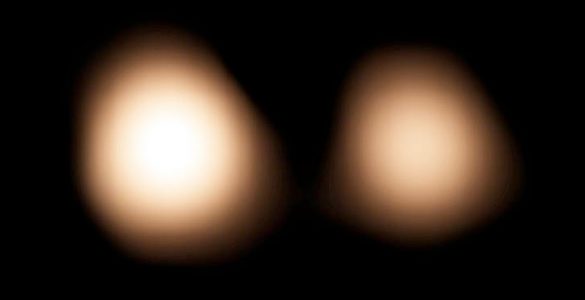
ALMA took a detailed look at the dwarf planet Pluto and its moon Charon to help guide NASA’s New Horizons spacecraft.
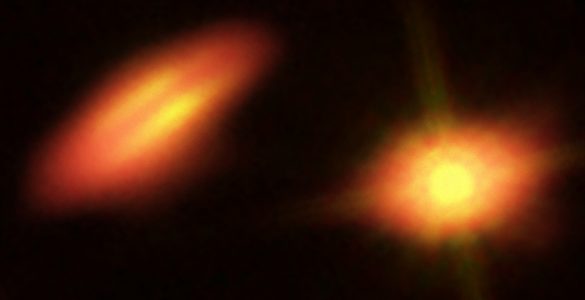
While surveying a series of binary stars with ALMA, astronomers uncovered a pair of misaligned planet-forming disks around the young binary star HK Tau.
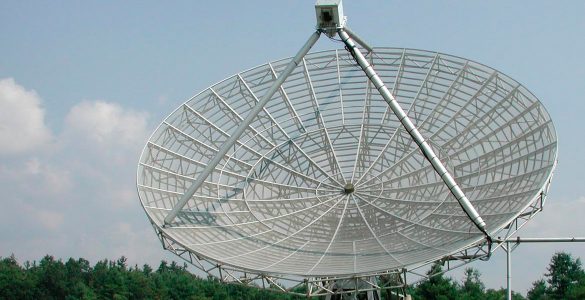
VLBA measures expansion in the current Universe; VLA measures starting temperature for star formation; RATs celebrate 25th anniversary at Green Bank.





